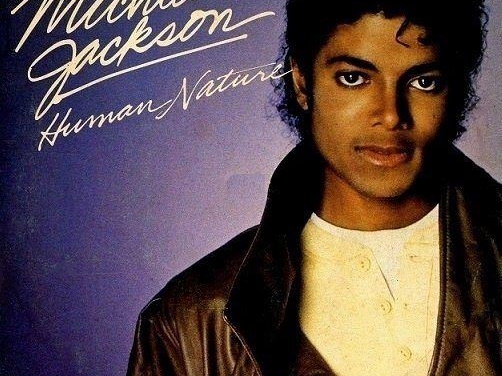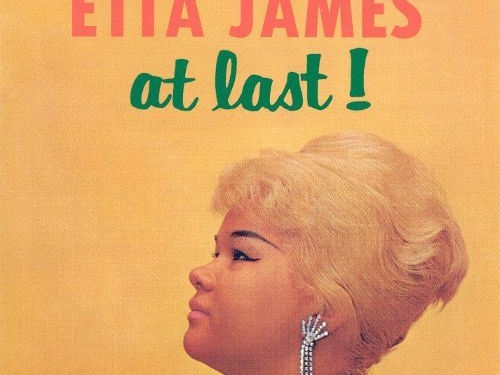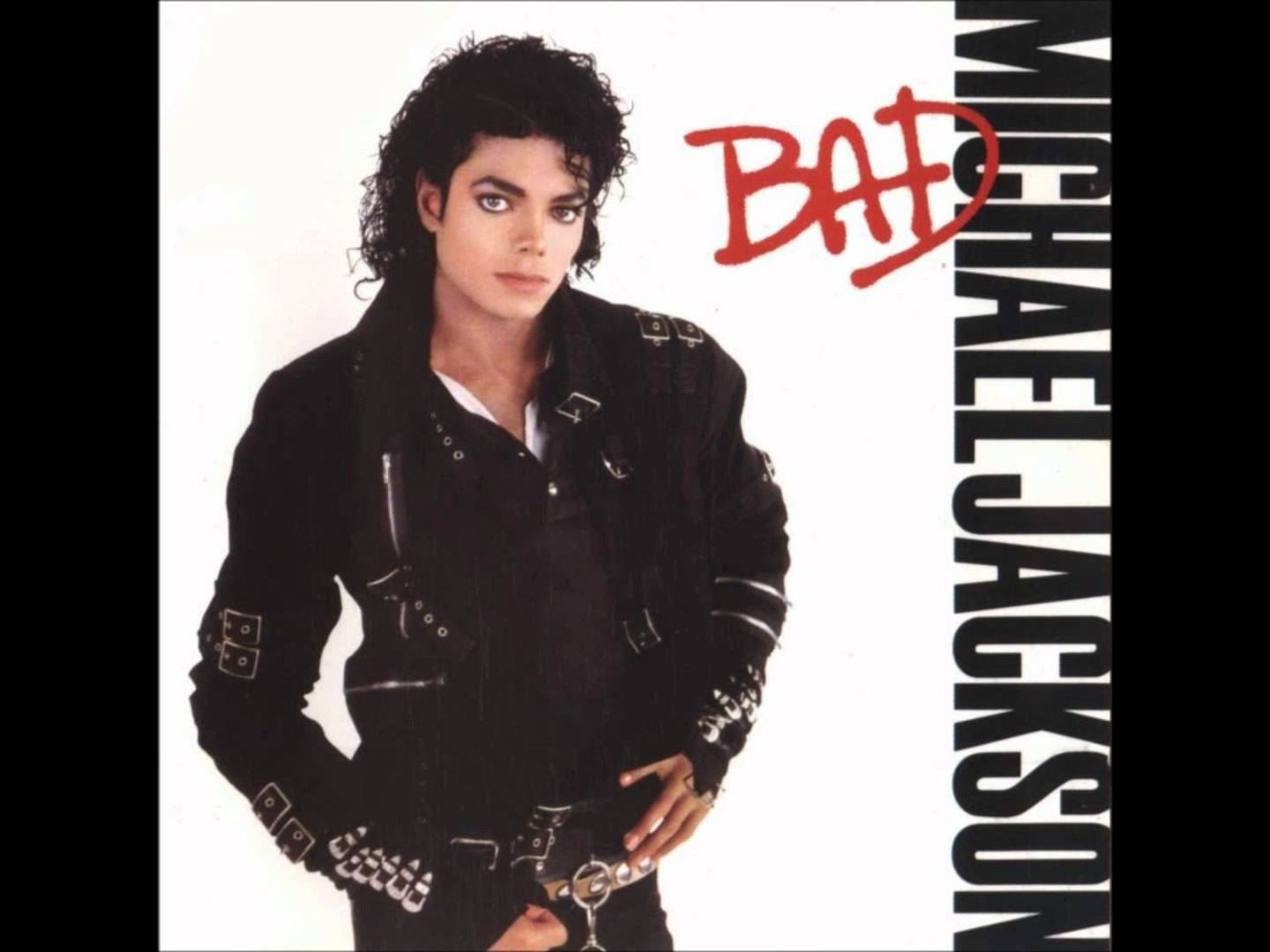Duke Ellington’s music was first put on film when the band played in the 1929 short “Black and Tan Fantasy,” which led to the band being featured in several shorts throughout the ’30s and ’40s. And yet not until 1959, at 60 years old, was Duke asked to score a film when director Otto Preminger approached him to handle the music for the tense courtroom drama Anatomy of a Murder.
Based on a true-crime book about a small-town lawyer (played by James Stewart in the film) hired to defend a soldier (Ben Gazzara) accused of killing a local bar owner who’d raped his flirtatious wife (Lee Remick), Preminger stated that Duke would “produce a freshness which an experienced film composer might no longer possess.” When asked why he’d never been hired for scoring before, Ellington said, “I believe most people think of me as a bandleader and at the same time they sort of remember and recognize the fact that I’ve had good fortune with some hit songs, but I think primarily they think about me as a bandleader and when they think in terms of doing for a show or a picture or something like that, they feel that, well, Ellington’s got his band and I am sure that he wouldn’t give that up for anything, you know. And that’s it and they just leave it that way.” But, he said, “I love the idea” of composing for film. I like playing with music and its relationship to the theatre—-and particularly in the supporting role.”
Duke’s score for Anatomy of a Murder remains curiously unsung both as a score and essentially an Ellington suite, though it remains one of his richest and most ambitious works. The score is largely built around four or five character themes (called motifs, for they reappear multiple times throughout the film in different forms as characters and situations change). The core motif in the score is “Flirtibird,” the wildly bluesy, hip-swinging anthem for Lee Remick’s femme fatale, composed for the salacious saxophone of Johnny Hodges. Wynton Marsalis describes this tune as “the sound of sex.”
That take was recorded on June 1, 1959. Compare that with this version recorded two months later during a live set at the Blue Note in Chicago, that manages to swing even harder and make it even more sultry and bluesy.
Duke’s motif for the Stewart character, “Polly,” appears multiple times throughout the film as well; perhaps its best statement is in the form of “Haupe,” a gentle ballad feature for Hodges’ creamy alto. (“Haupe” was also part of the flight of Anatomy tunes featured in the Blue Note concert; you can hear that version here, with Duke’s introduction of “Flirtibird” at the tail end.
The “Polly” and “Flirtibird” themes are not the same song, to be sure, but there are certainly strong elements in common. Marsalis said: “‘Polly’ and ‘Flirtibird’ are not exactly the same; there’s even an element of playing it backwards and forwards between the two. But they’re the same.”
Remick’s motif shows up again later during an emotional moment under the title “Almost Cried,” with a sad, tender statement from Shorty Baker on trumpet and sighing horns in the background. Swedish soprano saxophonist Anders Paulsson took this little-heard chart and transcribed it for strings and sax, and hearing it is remarkable because the sound of the original Ellington horn harmonies is captured *exactly* and yet it takes on a whole different feeling with the change of instruments. That familiar melody, however, remains clear.
And, why, here’s Duke himself, cameoing in the film as “Pie-Eye,” who leads a jazz band at the characters’ favorite hangout. The band here, the P.I. Five, are Duke, Jimmy Hamilton (tenor sax), Ray Nance (trumpet), Jimmy Woods (bass), and Jimmy Johnson (drums). (That’s a lotta Jimmies, especially when ya throw in Stewart too.)
Check out Jimmy Stewart and Duke banging on the same piano! Now, there’s a great sight. And notice the song the band starts at 1:26 is yet another reworking of the “Flirtibird” theme, this time as a loose, party-flavored blues jump.
There are many great bonus tracks on the extended CD release of Duke’s score, but the original soundtrack album ended with “Upper and Outest,” which restates the main Anatomy theme before sliding back into the “Almost Cried” cue and building it to a stratospheric climax courtesy of trumpeter master Cat Anderson.
After the release of Anatomy, Duke’s score was widely praised by press, fans, and film buffs, winning three Grammy awards–Best Performance by a Dance Band, Best Musical Composition First Recorded and Released in 1959 (More Than 5 Minutes Duration), and Best Sound Track Album.
He would score only three more films, all during the next decade: Paris Blues (1961, with Paul Newman, Sidney Poitier, Joanne Woodward, and Diahann Carroll), and the rarely seen Assault on a Queen (1966) and Change of Mind (1969). He would also record “Flirtibird” one more time in the future (a 1962 date with Shorty Baker stepping in for Hodges; you can hear that here.






